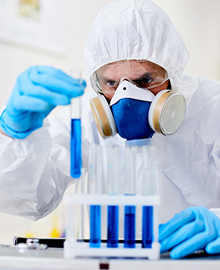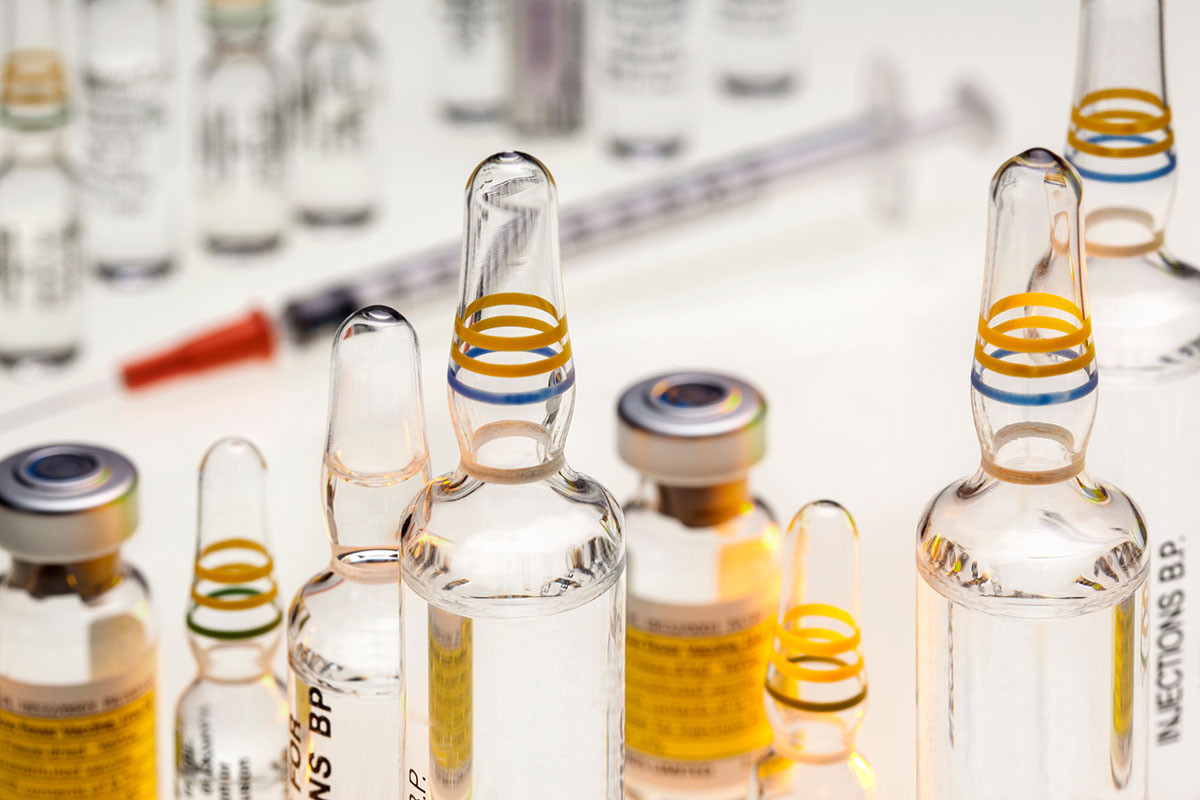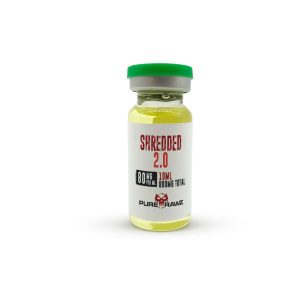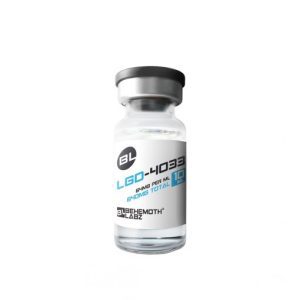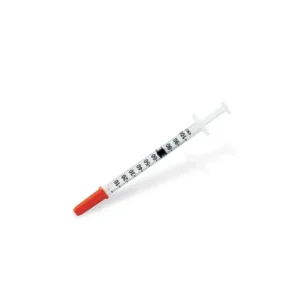Sarmscentral is a leading online retailer specializing in high-quality Selective Androgen Receptor Modulators (SARMs). Our mission is to provide athletes, bodybuilders, and fitness enthusiasts with the best possible products to help them achieve their goals.
- SARMS
- SERMS & PCT
About
View MoreSarmscentral is a leading online retailer specializing in high-quality Selective Androgen Receptor Modulators (SARMs). Our mission is to provide athletes, bodybuilders, and fitness enthusiasts with the best possible products to help them achieve their goals.
Latest Blog

- PROHORMONES
About
View MoreSarmscentral is a leading online retailer specializing in high-quality Selective Androgen Receptor Modulators (SARMs). Our mission is to provide athletes, bodybuilders, and fitness enthusiasts with the best possible products to help them achieve their goals.
Latest Blog

- AAS
About
View MoreSarmscentral is a leading online retailer specializing in high-quality Selective Androgen Receptor Modulators (SARMs). Our mission is to provide athletes, bodybuilders, and fitness enthusiasts with the best possible products to help them achieve their goals.
Latest Blog

- PEPTIDES
About
View MoreSarmscentral is a leading online retailer specializing in high-quality Selective Androgen Receptor Modulators (SARMs). Our mission is to provide athletes, bodybuilders, and fitness enthusiasts with the best possible products to help them achieve their goals.
Latest Blog

- NOOTROPIC
About
View MoreSarmscentral is a leading online retailer specializing in high-quality Selective Androgen Receptor Modulators (SARMs). Our mission is to provide athletes, bodybuilders, and fitness enthusiasts with the best possible products to help them achieve their goals.
Latest Blog
Nothing Found.
Apologies, but no results were found for the requested archive.

- OTHER COMPOUNDS
About
View MoreSarmscentral is a leading online retailer specializing in high-quality Selective Androgen Receptor Modulators (SARMs). Our mission is to provide athletes, bodybuilders, and fitness enthusiasts with the best possible products to help them achieve their goals.
OTHER COMPOUNDS
Latest Blog

If you are an avid reader of our posts, we assume that, by now, you would have a fair idea about what SARMs are and what they are capable of doing with their amazing powers. Sarms have taken the bodybuilding industry by storm and we are here to discuss their widely used variety i.e.; injectable SARMs.
There is an ever-growing interest and trend in the fitness community where athletes seek to enhance their performance with oral or injectable SARMs, with the least possible side effects. This curiosity and urge to become the best, has led to safer alternatives and in turn has initiated further research in Selective Androgen Receptor Modulators, or SARMs, both oral and injectables.
SARMs – Selective Androgen Receptor Modulators
Selective Androgen Receptor Modulators (SARMs) are used to enhance athletic performance and promote muscle growth.
A tissue-selective androgen receptor modulator doesn’t affect the other remaining nuclear receptors including steroid receptors, resulting in minimizing unwanted side effects such as muscle wasting. {R}
Due to its selective nature, selective androgen receptor modulator not only causes zero potential side effects to other parts of the body but also help reduce levels of high-density lipoproteins. {R}.
The suppression levels of Sarms are minimal, unlike its competitors which typically makes this partial agonist increase estrogen levels which decreases water retention.
While SARMs are typically taken orally, there are some reports and discussions within the bodybuilding and fitness communities about the possibility of using SARMs as injectables.
Injectable Sarms
SARMs differ from traditional performance-enhancing drugs (PEDs) in that they target very specific muscle-skeletal sites and androgen receptors. When SARMs are metabolized there are minimal unwanted effects on other tissues such as the heart or prostate.
At the very least, current medical research and clinical trials on SARMS indicate that SARMs are safer than most other PEDs available on the market.
Shredded 2.0 Injectable (RAD-140 + S4 Andarine + S-23 + YK-11) – Pure Rawz
LGD-4033 Injectable – Behemoth Labz
Injectable Sarms – How Do They Work?
This may be because of better bio-availability when injected as opposed to oral administration, however, we do not have the necessary research to prove this as fact. Anecdotal experience seems to indicate that SARMs are more potent when injected.
SARMs, like most other peds, are injected intramuscularly. Injections might not be as frequent as oral administration but this depends on the compounds (and suspension) used.
Popularity in the Bodybuilding industry
As discussed above, injectable SARMs have gained immense popularity in the bodybuilding industry for their potential role in muscle growth, increased muscle, and gaining lean muscle mass.
As partial agonists, they are admired among bodybuilders for their ability to stimulate significant strength gains and improvements in muscle mass.
The best thing is that you can expect dramatic results within a short period.
Benefits – Injectable Sarms
Though the primary administration method for Selective Androgen Receptor Modulators (SARMs) has been oral, injectable SARMs is the new growing trend in the athletic world.
The potential benefits associated with SARMs in general are the same, whether the drug is administered orally or injected, the major difference being the elimination of side effects when injected, especially those related to liver toxicity. Here are some potential benefits associated with SARMs:
1. Muscle Growth:
SARMs by design tend to target androgen receptors in muscles and bone tissues, thus promoting muscle growth without the side anabolic effects commonly associated with anabolic steroids. {R}
2. Bone Health:
Some SARMs may have positive effects on bone density, making them a subject of interest for conditions like osteoporosis. {R}
3. Fat Loss:
Some studies suggest that certain SARMs may help with fat loss and improve body composition. {R}
4. Improved Athletic Performance:
Users of SARMs have reported enhanced stamina, endurance, and overall athletic performance. {R}
5. Selective Action:
Unlike traditional steroids, SARMs are designed to have a more selective action, targeting specific tissues. This selectivity is intended to reduce the risk of unwanted side effects on organs like the liver and prostate. {R}
Side Effects – Injectable SARMs?
While injectable Sarms are known for their absence of side effects, some studies have argued whether injectable Sarms can be risky. The sole reason to support this argument pertains to the type of solvent being used in the injectable SARM that may have potentially dangerous ingredients.
Therefore having a keen concern about the solvent involved in the injection should be a point to bother when selecting the right injectable SARM for yourself as some solvents or carrier liquids carry fewer side effects than others.
As of now, the good news is that there are absolutely no proven serious safety concerns of injectable SARMs themselves, however, effects like infection at the injection site or scarring of muscles can occur which are related to injections rather than injectable SARMs.
Are Injectable Sarms Legal?
Though not FDA-approved yet for human consumption, with their ever-growing popularity, injectable SARMs may end up resolving legality issues soon which is the main concern in SARMs.
The reason behind this is the fact that besides being proven to be a game changer for the fitness industry with tremendous benefits of muscle gain and fat loss, the potency of the Injectable Sarms is weaker than its predecessors thus making the compound less prone to side effects and making it a good option.
As a result, these have become an innovation in the industry of the supplements due to their novel class and fewer side effects. We hope that in days to come FDA might have a considerate stance towards these unapproved drugs with their growing beneficial properties. However, till that time always take professional medical advice before use of Injectable Sarms.
Where to Buy Injectable Sarms?
PureRawz, Behemoth Labz, and RCD.Bio are the best places to buy Injectable Sarms for sale.
In order to be the best SARMs supplier, we provide reference materials with every product we sell. Each of our SARMS comes with an independent, third-party-issued Certificate of Analysis for identification, purity, and concentration.
PureRawz, Behemoth Labz, and RCD.Bio offer the benefits of free international shipping on all orders above $100. You can pay for your purchase through various methods, including PayPal and Bitcoin.
Click on the ‘Reviews’ tab to check out what existing customers have to say about our products and great customer service {R}.
We recommend checking the manufacturer’s instructions on the packaging before use.
Conclusion:
For the most part, existing oral sarms have been researched through oral administration. However, as human curiosity and drive dictate, we’re now entering a phase where injectable SARMs are seeping into the market. Many reputable companies are delving into the research and production of injectable SARMs. There is some evidence that injectable SARMs are safer than their oral counterparts.
It is argued that when SARMs are injected, less of the compound passes through the liver. It isn’t that SARMs are liver toxic to begin with, but when any compound passes through the liver the potential exists that it may be chemically altered.
This chemical alteration may have negative effects on liver lipids, hormonal levels and other physiological factors. When SARMs are administered orally in high doses, side effects may increase.
Injectable SARMs, on the other hand, seem to be tolerated well at high doses. Athletes are able to responsibly push dosages past traditional dosage guidelines with little to no adverse experiences. Preliminary reports from researchers indicate pronounced positive effects from injecting SARMs.


